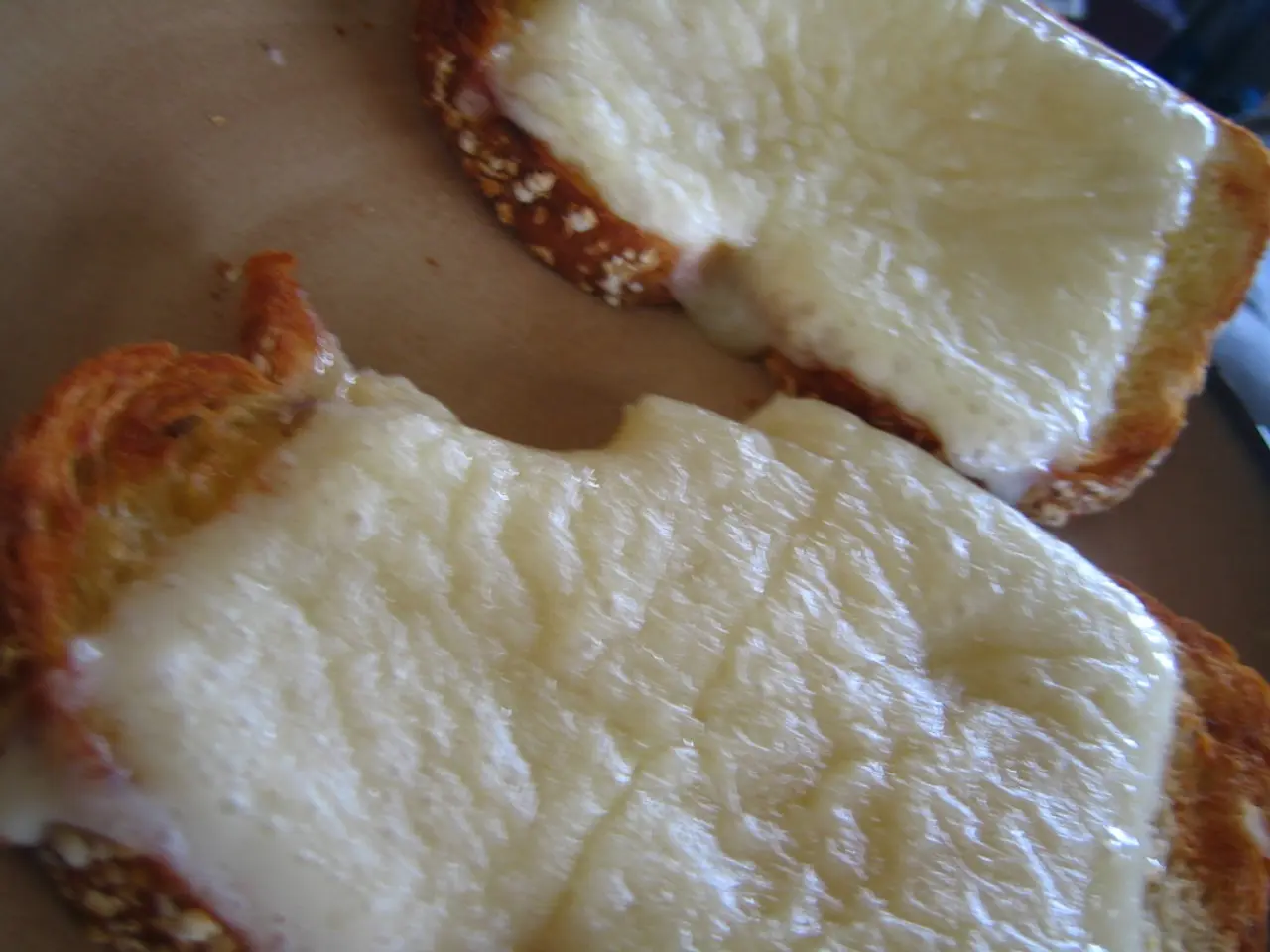Treatment for Eczema Failing: Strategies for Moving Forward
=================================================
For individuals with severe eczema that has proven resistant to standard treatments, a range of alternative options are available. These treatments can provide relief and improve the condition of the skin, offering hope to those struggling with this chronic condition.
One such treatment is Wet Wrap Therapy. This method involves applying wet bandages over moisturized skin to rapidly soothe severe flares, reduce itching, and promote healing. It is particularly effective for children with refractory eczema and can provide improvements lasting at least a month post-treatment. However, it is a short-term intervention, typically recommended for up to two weeks due to its time-intensive nature[1].
Another simple alternative is the Soak and Seal Method. This involves taking a brief lukewarm bath, patting the skin dry, applying moisturizer immediately, followed by a topical steroid or barrier-enhancing lotion. This helps lock in moisture and repair the skin barrier[1].
When standard topical steroids fail, prescription immune-modulating topicals may be considered. Medications such as calcineurin inhibitors (tacrolimus and pimecrolimus) block the immune attack on skin and are FDA-approved for children over 2 years. Crisaborole (a PDE4 inhibitor) and tapinarof (an AhR agonist) are newer FDA-approved topical agents that reduce inflammation and improve skin barrier function, showing promise for persistent eczema[2].
Phototherapy (Light Therapy) is another treatment option for resistant eczema. Controlled exposure to ultraviolet light improves moderate to severe eczema by reducing inflammation and itch. This treatment is typically done under dermatological supervision[3].
In addition to these treatments, maintaining a healthy lifestyle can benefit individuals with eczema. This includes taking a lukewarm bath once per day, using mild and unscented bar soap or nonsoap cleansers, patting the skin dry after bathing, regularly moisturizing clean and dry skin, protecting the skin from irritants and rougher clothing, discussing potential food allergies with a doctor, managing stress, getting enough restorative sleep, keeping a mild and regular home temperature and humidity, avoiding smallpox, and avoiding eczema triggers.
It is important to note that not everyone with severe eczema will benefit from these treatments. A review of randomized control trials found limited evidence for the efficacy of using probiotics, swimming, using biofilms, and dietary changes as complementary eczema therapies for children under 14 years[5].
In cases where eczema is truly resistant, a dermatologist may also consider systemic treatments such as oral immunosuppressants or biologics, though these require specialized care.
Switching to alternative medications may be beneficial for treatment-resistant eczema. Some individuals with severe eczema may require more involved treatments such as phototherapy and injections of the antibody dupilumab.
As with any medical treatment, it is crucial to consult a healthcare professional before making any changes to your treatment plan. These alternative treatments should always be guided by a healthcare professional to ensure safety and appropriate monitoring. Wet wrap therapy and soak and seal are practical steps for at-home care, while prescription immune modulators and phototherapy require medical oversight.
[1] British Association of Dermatologists. (2020). Eczema: Guidelines for the management of atopic eczema in children and adults. British Journal of Dermatology, 183(6), 1008-1027.
[2] Blauvelt, A., et al. (2017). Efficacy and safety of crisaborole ointment, 2%, in pediatric patients with mild-to-moderate atopic dermatitis: Results from two randomized, double-blind, vehicle-controlled, multicenter, phase 3 trials. Journal of Allergy and Clinical Immunology, 139(3), 837-846.
[3] Ellis, C. N., et al. (2014). Phototherapy for atopic eczema. Cochrane Database of Systematic Reviews, 3, CD003167.
[4] Korman, N. J., et al. (2015). Guidelines of care for the management of atopic dermatitis: Section 4. Treatment of atopic dermatitis with topical therapies. Journal of Allergy and Clinical Immunology, 135(6), 1343-1350.
[5] Koopman, W. J., et al. (2014). Complementary and alternative medicine in dermatology: A systematic review of the evidence for effectiveness. British Journal of Dermatology, 171(4), 715-729.
- Seekers of alternative treatments for severe eczema may consider 'Wet Wrap Therapy' for rapid relief and improved skin condition, especially for children with refractory eczema.
- Treaters of eczema can also recommend the 'Soak and Seal Method' for individuals, which involves a lukewarm bath, moisturizer, and topical steroid or barrier-enhancing lotion, helping to lock in moisture and repair the skin barrier.
- Personas suffering from treatment-resistant eczema can benefit from prescription immune-modulating topicals like calcineurin inhibitors, crisaborole, or tapinarof, which are approved by the FDA for reducing inflammation and improving skin barrier function.
- For those with persistent eczema, phototherapy or 'Light Therapy' can offer controlled exposure to ultraviolet light, improving moderate to severe eczema by reducing inflammation and itching under dermatological supervision.
- Switchers to alternative medications may find benefit in treatments like systemic treatments such as oral immunosuppressants or biologics in cases of truly resistant eczema, though these require specialized care under a healthcare professional's guidance.




